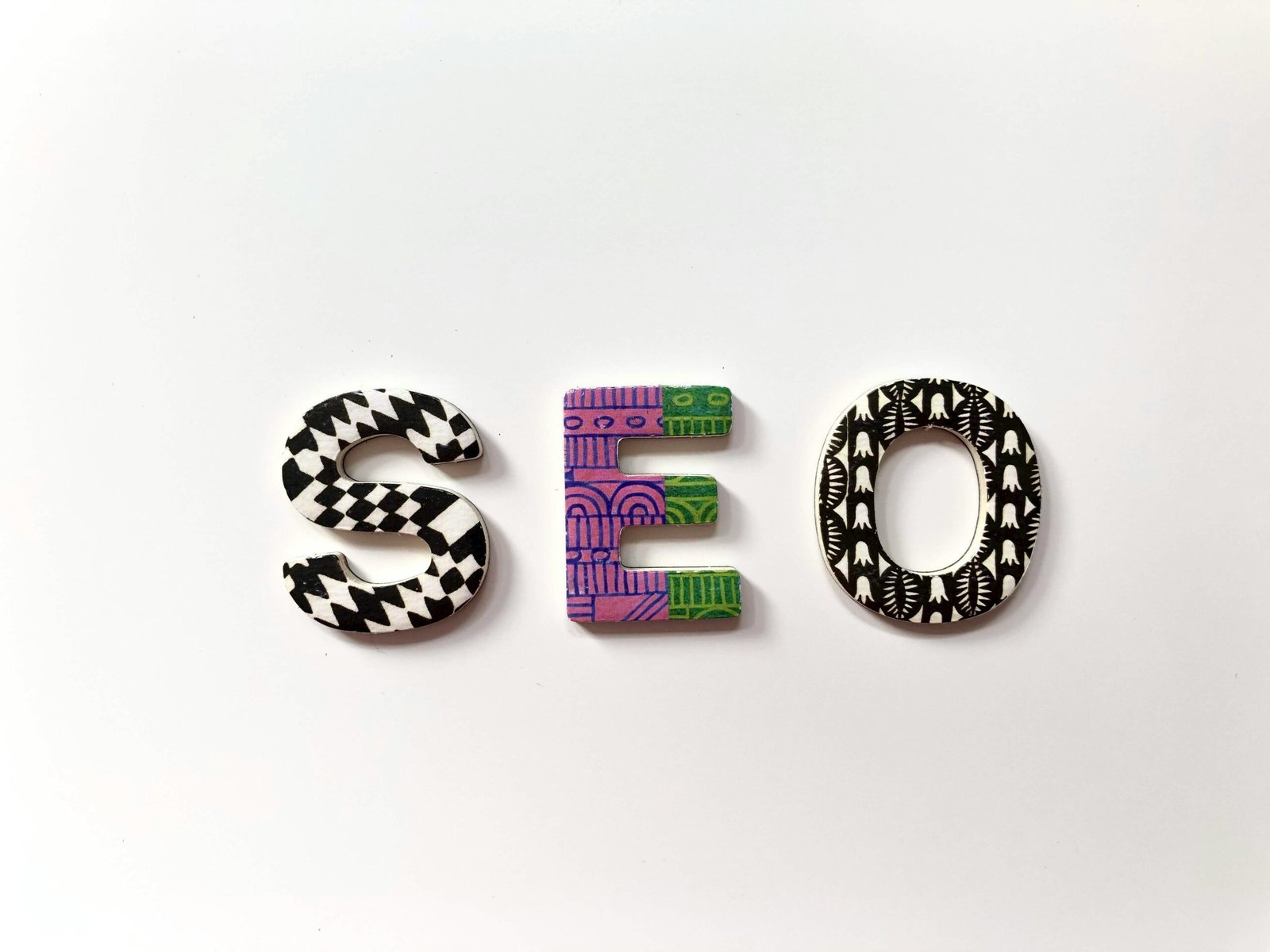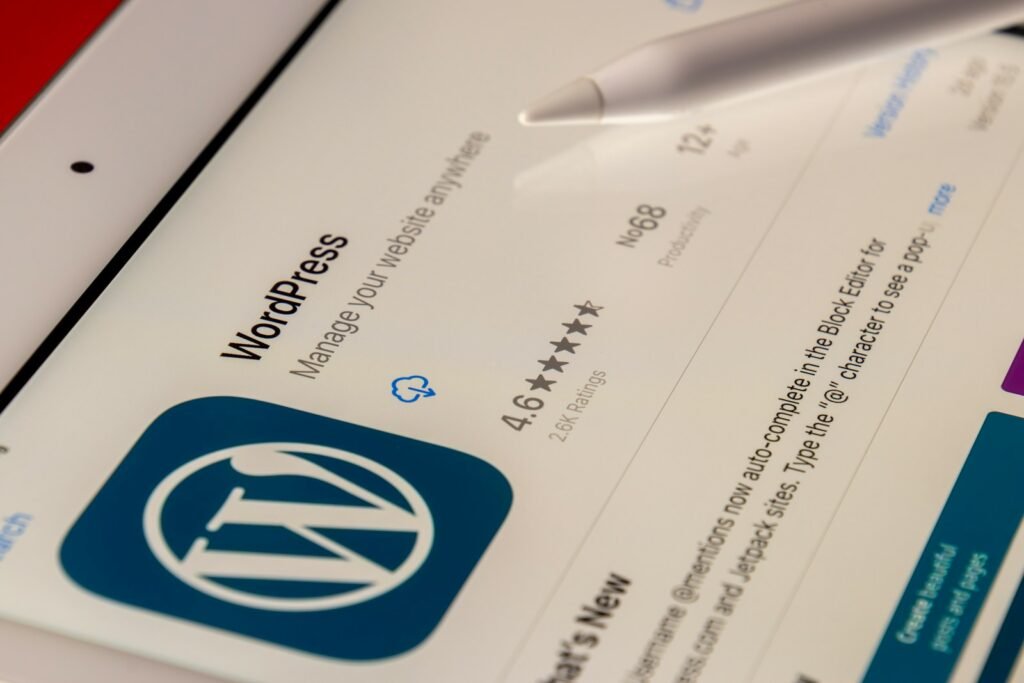Welcome to this article explaining the SEO Basic in 2024 to help you and your business grow. Are you a blogger who needs to understand more about SEO? Are you a small business owner who is trying to touch up on your digital literacy? Or, are you a student like I was once trying to find out more about SEO basics and discover more reading sources?


So What is SEO?
SEO if you didn’t know stands for search engine optimisation. This is the practice of optimising your website to be friendly to search engines. Most notably Google, but other search engines will play a part in this also. Many people use Bing, yahoo and others but Google has over 90.7% of the search engine market worldwide.


As you can see. The graph shows that there is one clear market leader when it comes to search engines. This is why SEO strategies are tailored to Google’s guidelines. Therefore, the other search engines, naturally will follow suit.
Why is SEO Important for My Website ?
SEO reflects how well your business performs in the search engines and how visitors interact with the page. In order to rank high on Google there are major components which the crawlers look for which are;
- Experience
- Expertiness
- Authoritativeness
- Trustworthiness
This is known as EEAT and these are the factors which Google considers when ranking your website. To break it down, ideally in your field you should be an expert and generate useful content based on this expertise. Additionally, the more experience you have the more trustworthy you are to people within or linked to your industry. Any online source of information needs to be an authority in their field. If you look at the SEO industry, people such as Neil Patel are experts in SEO. This helps him promote his brand as an SEO specialist and helps him promote not only the online branding of Neil Patel, but also his SEO tool Uber Suggest.
The root of making a website SEO-friendly would be tweaking the on-page content so that the search engines pick it up. This process is called:
On Page SEO : The SEO Basics
On Page SEO is fundamentally one of the most important areas of SEO and it can be complicated. However, the good news is that there are several tools out there to make the process more simpler. To any beginner I would recommend using WordPress and installing the Yoast plug in.







This is the process of making websites understandable to the search engines. This is done by optimising a page to the relevant keyword. However, before you start this process you must do some keyword research.
Keyword Research : The SEO Basics
You need to find keywords which are relative to your page, otherwise visitors are going to leave straight away. However, you need to make sure there is a reasonable amount of traffic for this keyword. This can be done by checking the volume of the keyword to see if it has potential. The next thing you want to assess is how difficult the keyword is to rank for.
A great free tool which can be used for this is Word Stream. This will give you the search volume of the keyword. Additionally, it will also give you the ranking difficulty level. However, the more in depth tools such as SE ranking, Semrush and Moz explorer will give a much more in-depth insight. they do offer trials but after this there will be a cost.
When picking the keyword it is important that it has a reasonable search volume. Although, there are some exceptions. However, generally speaking in the beginning you want to be looking for keywords which have a reasonable search volume and are easy to rank for. Furthermore, it is important to understand the intent behind each keyword search. For example;
- How specific is the search?
- Are they looking to buy?
- What level of knowledge do they have about the subject matter and what can you put in front of them?
Key Fact About Keywords
They are commonly referred to as key phrases, a combination of keywords that make up a search term . These are the foundation of any search strategy but vary in difficulty and volume (Ryan, 2021). The terms tend to be used interchangeably, but the critical thing to remember is that they come in two forms, which are;
There are two types of keywords which are;
Short-Tail
One/two keyword phrases are quite general with a large search volume and usually cover a broad topic, e.g. Blue Suit. However, these keywords are commonly used, and they tend to have high volume because of their specific nature. They can be more difficult to rank for in the SERPS.
Long- Tail
These are slightly more detailed queries, which are longer in length and more detailed in nature. As a result, this can mean a higher conversion rate (Stewart, 2022). An example of this type of key phrase would be ‘Blue Striped Zoot Suit ‘(Clarke, 2022).
Ryan (2020) also states that although individually, the words are lower in search volume, accumulatively, they make up the majority share of internet traffic queries.
A theme within the literature is that it describes what they are but does not inform that long-tail keywords tend to be easier to rank for. Furthermore, Clarke (2022) points out that newer websites should look to rank for these keywords because they are more specific have a higher conversion rate and are easier to rank for. All written text regarding keyword research is limited because the volume and difficulty will fluctuate over time.
Keyword Density: SEO Basics
Although there are many suggestions online that vary it would be fair to say that keyword density should be between 1 and 2 % per page using the focus keyword.
Further Research Suggests:
Opinions differ on what the best methods are. One important factor to consider is the keyword density. Hub spot (2023) says that any copy should have no more than 2% Keyword Density. Yoast (2023) and Rank Math (2023) provide tools to monitor this using a red, green, and amber traffic light system. Professional websites are the best tool for this as they have the most recent information. There were less reliable sources such as Content Hero (2023) who recommended between 0.5 – 1.0%. However, the mentioned tools stick to the rule of a max of 2% for keyword density. Furthermore, these tools are also commonly used by SEO professionals, so they are imperative for any On-Page SEO strategy .





Heading Tags
These tags go from H1 through to H6, but ideally, for most SEO strategies, keeping to just H1 to H3 is fine, according to Kumar & Paul (2020). It is imperative for chosen keywords to appear within the H1 and H2 headings and these can also be described as top and second-level headings according to Heinze, et al (2020).
Thes placement of these is important, lets say I picked the keyword “SEO Basics”, Ideally, I would want to fit this keyword into the H1 and H2 headings where possible. These are the most important H tags when it comes to the search engines. The reason for this is that it tells the crawlers immediately what your website is all about.
However, some sources state that this is less important than it used to be and is more for the individual reading the content (SEJ, 2023). Traditionally, they would rank in importance, so H1 would be the most important and most likely the page title, then H2 headings would be variations of the key phrase (Kumar & Paul, 2020). However, a writer for the Search Engine Journal states that this is no longer as important as it used to be. Although many marketers still stick to this practice (SEJ, 2023). Therefore, it is important to take both perspectives on board as this is what most SEO professionals do, but it also shows that the effectiveness of certain strategies may expire over time. Furthermore, it is important to remember that the readability of a document can affect SEO if the UX experience is negative as this may cause a higher bounce rate.
This may cause some confusion but a key tip to be on the safe side would be to only have one H1 heading and use the H2 heading sparingly. The H3 heading with the keyword will still play a part but it will be less important than the H1 and H2 headings most likely.
The keyword should feature in the H1 tag , if this is not possible for whatever reason then it should definitely appear in the H2 and H3 tags this can really help the search engines identify what your site is about. Another good tip is to keep the H1 heading appealing this can be done using the Hemingway editor.
Key Fact : SEO title and H1 title are not the same as the SEO title should be more descriptive and specific to what your page is about. This is because you want people to have a good idea about your page / blog post before they click. On the other , the H1 title is there for people who are already on your site who know what your website is about. According to Yoast (2024).
Meta Description : SEO Basics
You may be thinking what is a meta description? The meta description is the test written underneath of the title of the website in the SERPs ( Search Engine Results Pages). See below the Meta Description for Meta Ball Digital.


It is important to include a meta-description as this is what your potential customers are going to read before deciding to click and choose your website over competitors. A good meta-description should be between 50 and 160 characters long and should be quick , concise and grab the readers’ attention. Failure to write a meta-description will mean Google will auto-generate one which is not good for you or you business as this may affect CTR (Click Through Rate).
This all affects SEO, it is important to make sure that the Meta description describes your page accurately. Failure to do so may mean that customers will click on your page and leave immediately if they do not get what they want, this called the bounce rate. Any website with a high bounce rate will have it’s SEO negatively impacted. Therefore, it is important that the Meta description is not misleading to the customer.
A good way to monitor how your site is performing for free is to use the Google Suite. All websites should be indexed through the Google Search Console and monitored. Google Analytics can help give businesses further insight into how customers interact with each web page and what queries are taking them there. This is why keyword research is important as you want to make sure that you’re offering content that people are actually searching for. This is one example of the core basics of SEO in 2024.
URL Structure
This is an important part of On page SEO. Ideally the URL to the page you are optimising should be relatively short and should describe the content on the page accurately.
Page Speed
This is one of the most important parts of the user experience which affects the On Page SEO health of a page directly. The first initial step all website owners should take is to run a speed test. The easiest tool to to use is the Google Page Speed Insights Page. This is one of the popular tools as you can see how Google is loading your page and if there is anything specific slowing it down. It is also perfect to help beginners understand some of the page speed basics of SEO. There is also GT Metrix which offers both an paid and and a free service.
What Can Cause Website to slow down? The answer is many factors but the most common cause in unnecessary large files. This can be caused by images and videos. Another common cause is unused Java Script. Images and videos can be shrunk using files shrinking sites such as TinyPNG.com. Alternatively, if you are using WordPress there are some great plug-ins such as Smush, Short-Pixel Image Optimiser and much more.
Off-Page Basics of SEO
If you have been learning about SEO, then you may have heard of backlinks? Backlinks are people linking to your site. They act as a vote of confidence for your site from others. The best way to obtain high quality backlinks is buy creating engaging, high value content that people find useful and want to link to. The key is to create engaging content and getting it in front of people. A good tip is to enter any new blog posts into the Google Search Console. This may help it rank quicker. Another tool would be to use social media to share your content on social media and create a buzz that way.
Another way of building backlinks quickly is the method of listing your business website on business directories. Furthermore, this is a strategy used for local SEO campaigns but it will help the overall strategy. There is also a method called guest posting where you could gain advantage and exposure from another web pages traffic/ audience. This can help build backlinks and good places to look for these opportunities are bloggerlink.com and guestpost.com
Thanks for reading this Article by MBD. Founded by Aidan Hopton. Please sign up to our newsletter.

Excellent Article Aidan